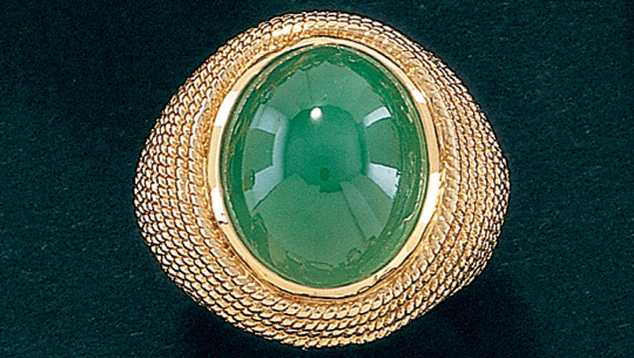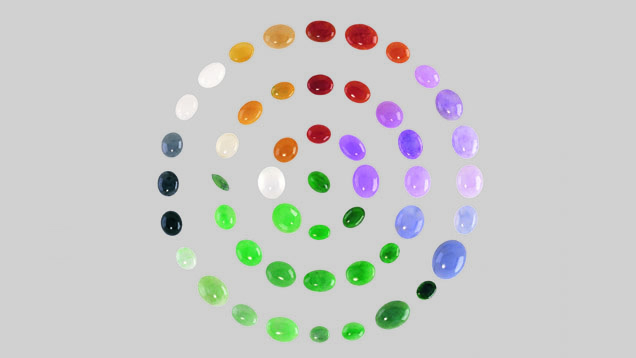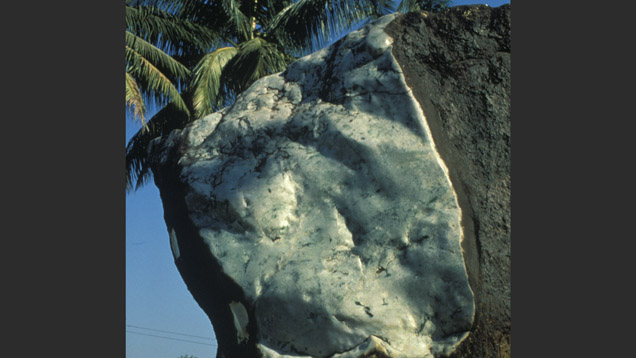Jade Description

Among gemologists, jadeite and nephrite have long been considered the materials that may be referred to as jade. More recently some green omphacite has also been included in the definition. These are actually metamorphic rocks made up of tiny interlocking mineral crystals which make the gems exceptionally tough.
Jadeite can be semi-transparent to opaque and comes in a wide range of attractive colors: many shades of green, yellow, and reddish orange, plus white, gray, black, brown, and lavender (often a light purple or light grayish violet). The coloration is often unevenly distributed, giving jadeite an interesting visual texture carvers use to create imaginative and intriguing effects.
Nephrite ranges from translucent to opaque and can be light to dark green, yellow, brown, black, gray, or white. Its colors tend to be more muted than jadeite.

Omphacite has typically been thought of as dark green to black. However, some green omphacite has been seen in the GIA laboratory that not only has a similar color to fine green jadeite but also has the same gemological properties as jadeite. Omphacite can be identified by its Raman spectra, which requires advanced testing techniques.
Modern gemologists use the word “jade” as a generic term for nephrite, jadeite, and under certain conditions green omphacite. “Fei Cui” is a traditional Chinese term for jadeite jade but is not universally accepted. Today the term is used in many places in Asia to refer to several materials including jadeite, kosmochlor and omphacite.

These gems have been linked throughout history. In fact, the term jade has sometimes been erroneously applied to a number of gems and ornamental materials resembling jade, and even some manmade equivalents.



